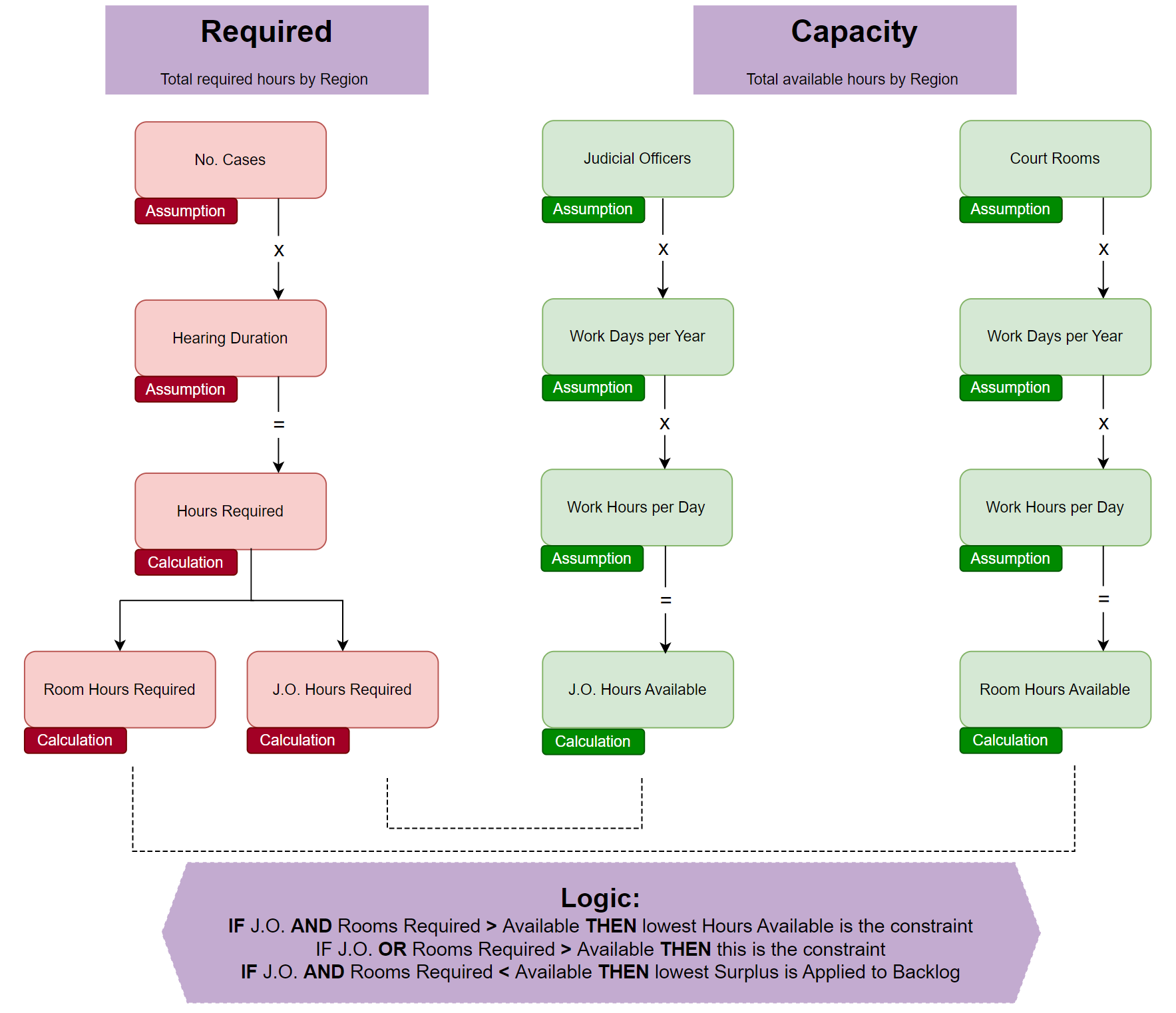Revenue loss. Backlog of orders. Burnout. Idle resources. Delayed delivery of projects.
These are the knock-on effects of poor resource allocation, which can have a profound impact on the profitability of a business.
What is Resource Allocation?
Resource allocation is the process of assigning available resources to various demand points or projects, often with the purpose of maximising resource utilisation and cost savings. Whilst this sounds like a simple process, there are many variables involved that need to be considered, coordinated, and calculated.
Resource allocation can help you achieve the optimal level of utilisation for your workforce. But what are the costs of not investing in it? Overutilisation of resources results in employee burnout from being overworked, deadlines being pushed back, and consequently an increasing client churn rate. Underutilisation results in spare capacity, poor productivity levels, and discouraged employees. With resources (staff, space, equipment, inventory) being one of the key elements of an organisation, the significance of this process should not be overlooked.
There is more to resource allocation than simply resource scheduling; a comprehensive resource planning model will consider constraints and limitations, the impact of adding resources, and the costs and benefits of additional resources. Furthermore, the addition of a sensitivity analysis is integral to comparing and contrasting the effect of multiple scenarios on business KPIs.
A one-size fits all approach is not recommended when it comes to resource allocation; certain elements may require more resource-intensive activities and therefore should be given prominence over others. In this case, a bespoke approach which is tailored to the nuances of your business will add more value, allowing improved visibility over KPIs and enhancing decision-making capabilities.
Mastering the resource allocation process is key to ensuring productivity is maximised, employees are engaged, and clients are satisfied.
Case Study
Forecast recently developed a Resource Forecasting Model for a client that provides judicial and administrative services to various courts.
The focus of the model was to determine resourcing requirements (judicial officers, administrative staff, courtrooms and other office space) and processing constraints (available judicial officer hours or available courtrooms). The overall purpose was to enable a reduction in the backlog of cases accumulated through the COVID-19 pandemic, therefore allowing for a more effective management of caseload going forwards.
It was imperative for the model to follow the logic tree detailed below and highlight the constraining factor, subsequently calculating the resources required to ease the constraint. Scenario analysis was used to show how the processing constraints could be eased by adjusting a variety of assumptions, such as judicial officer hours worked per week, number of courtrooms, hearing duration and number of cases.

Logic Tree Diagram showing the logic followed in calculating the constraining factor.
Showcasing the impact of changing inputs (e.g., case numbers) and initiatives (e.g., additional courtrooms/judicial officers) demonstrated how spare capacity could be utilised more effectively and allowed our client to gain confidence in decision-making.
The key outputs of the model comprised completed cases, completed hearings, courtroom and judicial officer utilisation, specialist staff required and backlog of cases, as these outputs were determined to be the most informative variables for management when making resource allocation decisions.
The comprehensive Resource Forecasting Model became an invaluable tool for management to assess the impact of adjusting key variables, and became an integral part of the decision-making process for resource allocation. The tool was able to be developed further, to determine an optimal level of resources that maximised judicial officer and courtroom utilisation, while minimising the backlog of cases.
This approach to resource allocation and optimisation can be applied across many different industries and problem situations. Ensuring there are sufficient (but not surplus) resources helps businesses with managing their staff rostering, inventory, equipment, space, and other key business resources.
